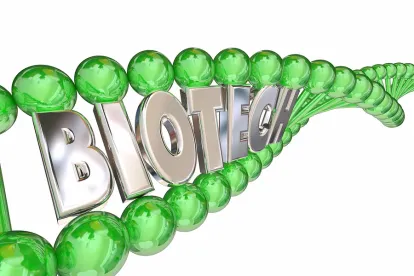DNA technology has assisted law enforcement in identifying criminals for decades. The U.S. National DNA Database System stores the DNA data of millions of criminals, and allows law enforcement officers around the country to compare and match forensic evidence in this central repository. This closed universe of DNA only contains data from individuals arrested or convicted of a crime. Law enforcement officials who seek to use this information are subject to numerous rules, regulations and procedures governing how and when it can be used.
As we posted earlier, however, commercial DNA databases and civilian genetic genealogists also have become an attractive investigative tool for law enforcement. Some commercial labs do not give law enforcement access to their database. For example, 23andMe states on its website “23andMe chooses to use all practical legal and administrative resources to resist requests from law enforcement, and we do not share customer data with any public databases, or with entities that may increase the risk of law enforcement access.” Other companies, such as Parabon NanoLabs, have focused their efforts on offering their genetic genealogy services to law enforcement. Last year, Parabon identified William Earl Talbott, II as a suspect in the murders of Jay Cook and Tanya Van Cuylenborg. Talbott’s trial, set to begin in July, will be one of the first to confront issues related to the use of these services.
Generally, courts have yet to address questions about the implications of the use of familial DNA. As is typical, the law needs to catch up with science. Lawmakers should take up this matter soon, as the use of this technology continues to grow and the pressure to allow the use of the DNA profiles increases. Many interesting ethical and legal issues have already been raised, including questions about Fourth Amendment protections and the privacy rights of individuals.



 />i
/>i

